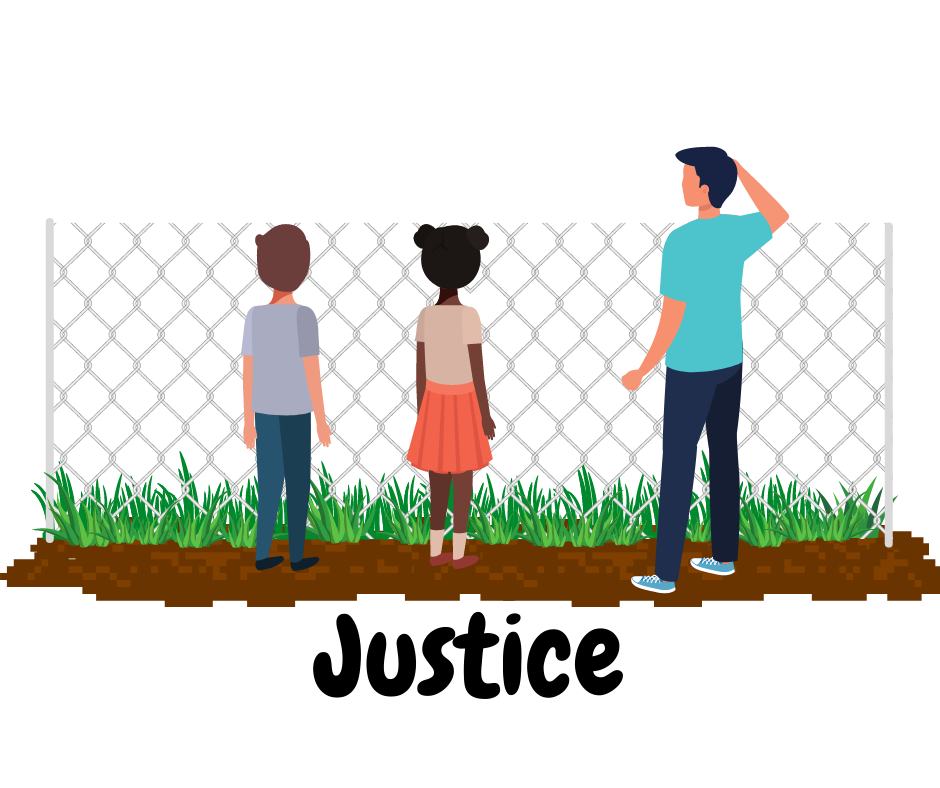Facilitating an Equitable Perspective in Young People
Posted by Jeff Tucker, Boys Town Press Author and National Certified School Counselor on Jul 27th 2021
"It’s not fair!”
If you work with children, you probably hear this statement on a daily basis. Young people seem to have an innate sense of what constitutes fairness and can react strongly when they feel this has been violated (and adults are definitely not immune!). In the world of schools, 504 plans and individualized education programs (IEPs) often provide students with accommodations to facilitate their learning. Unfortunately, this leads some students who don’t receive accommodations feeling a bit slighted. In my upcoming book Emelia Understands Equity, I wanted to explore equity in a way that children could understand. I often find that we underestimate what concepts children will be able to grasp when they’re taught in developmentally appropriate ways and with concrete examples they see in their own worlds.
A quick breakdown of terms that parents, educators, counselors, and students all need to understand:
Equality: Everyone gets the same treatment.
Equity: Everyone gets what they need to do their best.
Justice: The barriers that keep everyone from doing their best are removed.
“That’s all fine and great, Jeff, but what are these developmentally appropriate ways to teach these terms?”
I honestly think the possibilities are endless. Here are a couple I used this past school year with 3rd-5th graders in a social-emotional learning lesson that might get your creative juices flowing:



A series of images are commonly used to explain equality, equity, and justice. The most widely available series of images features three spectators of varying heights (and in some, one child in a wheelchair) watching a sporting event from outside a fence. In the first image, only one young person can see over the privacy fence because of their height. The other two are left with no view of the game (equality). In the second image, boxes are provided for the shorter two children so that they too are able to view the game, but a box is not provided for the tallest child (everyone gets what they need - equity). In the final image, which is not always part of the series, the fence is changed into a chain-link fence or dismantled altogether (barriers are removed - justice). I was pleasantly surprised how quickly students started grasping the concepts from this series of images alone.
I then used my own series of images (a lily pad, a cactus, and a flower) and a bit of a story to go along with them (this one is included in my new book, so I won’t spoil it here!).
I would finish by driving the lesson home with a narrative interspersed with class discussion. It went a little something like this:
“Every morning when I’m passing out breakfast (this was during a time of pretty strict COVID-19 protocols), I give each of you one meal. Is this fair?”
Students would usually nod and throw in their two cents, and we’d discuss it a bit. I would follow it up with:
“Suppose there’s a student in the class whose family has been going through a difficult time. The parents are struggling to put food on the table at home. Let’s say I have one leftover breakfast, and I know that this student didn’t eat dinner last night. What if I give the extra breakfast to this student? Would that be fair?”
This was inevitably when my heart would melt. Of course there were always a few naysayers, but the vast majority of the students usually agreed that it was absolutely fair to provide a hungry peer with an extra meal.
The conversation could be taken even further. What might justice look like in the hungry student example? (E.g., making sure all families have plenty to eat at home.) What are some examples of equality, equity, and justice that the students see in their own lives? How can they promote fairness at home, in the classroom, and in their community?
As I said, I think the possibilities are endless. Be creative, and tailor the material to the developmental level of your children and students. Education is just as much about teaching the heart as it is teaching the mind.
I hope my readers enjoy Emelia Understands Equity, but even more than that, I hope they learn from it. I hope it helps them see their world and the people within it in it with greater compassion and understanding.
